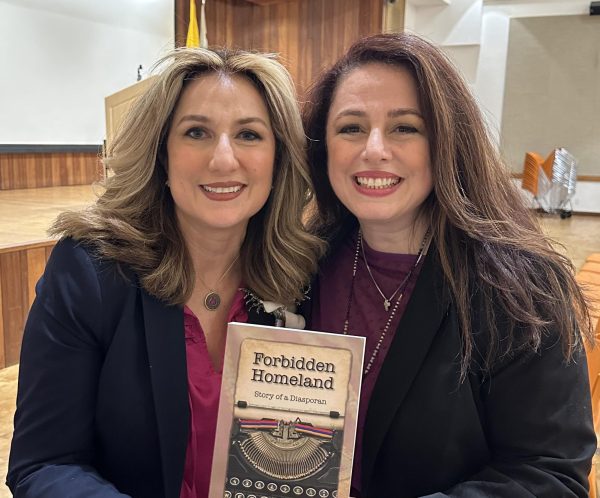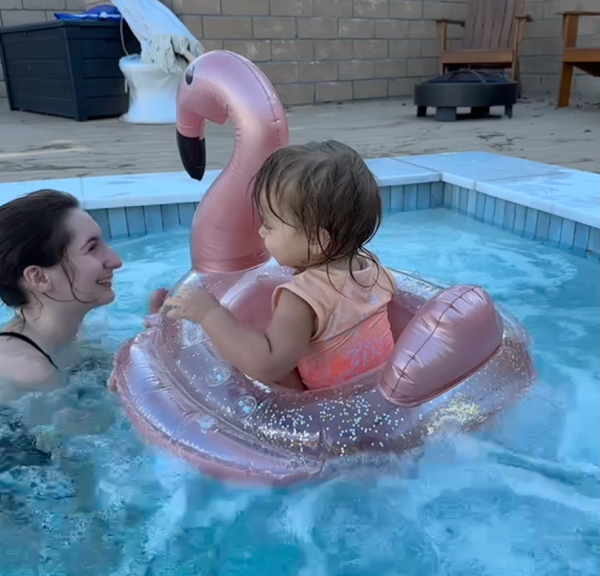A Comes First And Z Comes Last, Should Alphabetical Seating Be a Thing of the Past?

Alphabetical seating, for many students, appears to dry educational potential.
October 19, 2021
For years, many students have been seated in alphabetical order for as long as anyone can remember. The reasoning for this varies; some teachers do so for the sake of taking attendance with ease and others simply can not think of a better way to assign their seating. While alphabetical seating has proved useful for most teachers in organizing students, it has its flaws. Students often find themselves with the same seatmates for years and scarcely experience fresh collaboration because of this. Although some could argue this helps students develop familiarity and grow together, this is not the scenario most experience. In some cases students are stuck with unhelpful or troubled peers, stunting their intellectual growth and progress in class. Another disadvantageous aspect of seating by alphabetical order is unfair seating location and priority, due to one’s last name. Through randomized seating, students are less likely to experience this problem and have the opportunity of expanding their viewpoints available to them.
Naturally, the majority of students want to sit with their friends and avoid discussion with those unfamiliar to them. Nevertheless, fresh faces and the new thoughts that come with them possess far more potential in strengthening social skills and material application. Kimberly-Jeves (11) says, “I personally don’t like alphabetical seating because you already know who you’re going to sit next to for who knows how long. For me, I like sitting next to new people and getting to know more of my peers.” Thoughts such as this illustrate how limiting seating by alphabetical order can be and how much potential it puts to waste. Furthermore, some students need collaboration to be provided; many students are too hesitant or struggle in articulating things alone, requiring the assistance of their peers to expose and encourage them. Many students at YLHS have experienced being at either end of this issue, and as a result often experience frustration or a lack of progression in whatever they are assigned to do. Through fresh collaboration, students are able to discover peers who they work particularly well with.
Aside from convenience, teachers seat students in alphabetical order to avoid unruliness and conflict over seating. However, this seems to be where the line between alphabetical and randomized seating blurs; assigned seating is rarely set by pure randomization and is often formed according to alphabetical order. Nevertheless, there are fairly simple ways to change this. Digital randomizers and blind drawings, such as paper slips or cards that indicate a specific seat, are some of the existing methods that are used. Some teachers even have rotational seating every once in a while; this is another plausible alternative to alphabetical seating. Ultimately, it is not difficult to randomize seating, and it is more worthwhile to sacrifice convenience for students’ educational development.
All in all, alphabetical seating is acceptable in a satisfactory manner, but its necessity and prevalence should be considered more carefully. The pros of randomized seating appear to outweigh the cons, and a number of students prefer not being confined by alphabetical order. When it comes to assigned seating, teachers should acknowledge the positive potential of randomized seating and take it into consideration the next time they arrange their seating charts.






















